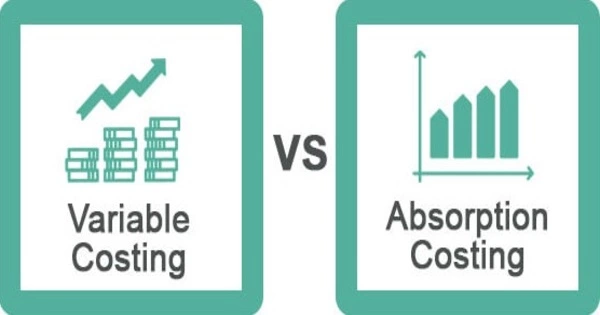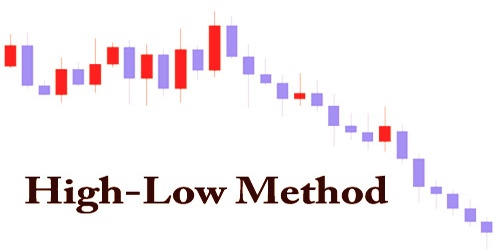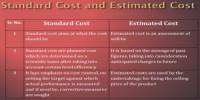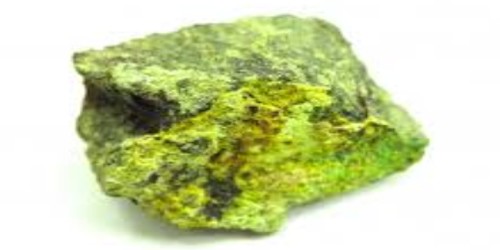The income reported under variable costing and absorption costing is not the same. Only the difference in the value of inventory between the two costing income statements affects the amount of net income. Other than the inventory value, we find no other differences. The reported income varies depending on whether the inventory size increases or decreases during the year under variable and absorption costing. This is due to fixed overheads that are included in inventory valuation when using absorption costing but are expended immediately when using variable costing. The factory overheads for this period are postponed to the following year under absorption costing, whereas they are expended during the same year under variable costing.
Difference in net income –
= (Change in the size of inventory units) x (Difference in product cost per unit)
The difference in net income is the same as the difference in the size of inventory value. So with a change in the size of inventory, profit also change.
When inventory increases during the period, net operating income under absorption costing systems is always higher than net operating income under variable costing systems. When inventory rises, the fixed manufacturing overhead cost is deferred to inventory, lowering the total cost burden for the current period. When inventory falls, the fixed manufacturing overhead cost is released from inventory, causing the current period’s total cost burden to rise.
Absorption costing and variable costing are accounting methods for valuing a company’s work in progress and inventory. Absorption costing incorporates all costs associated with the production of a product. Variable costing includes only the variable costs incurred directly in production and excludes all fixed costs. Management can use either costing method to make manufacturing decisions. Both can be used to value work in progress and finished inventory for internal accounting purposes. The main distinction between absorption and variable costing is how each accounts for fixed manufacturing overhead costs.
The format of absorption costing and marginal costing income statements differs significantly. Both begin with gross sales and end with net operating income for the period. The absorption costing income statement, on the other hand, calculates gross margin by first subtracting the cost of goods sold from sales. After that, selling and administrative expenses are deducted to arrive at net income.
Absorption costing and variable costing differ slightly in how they define product and period costs. When accountants examine the costs of running a business, they categorize them as either product costs or period costs. Product costs, also known as the cost of goods manufactured, are the costs directly associated with producing a good or service. Period costs are costs that the company incurs regardless of how much inventory it produces. Selling and administrative expenses are considered period costs under both costing systems.
















